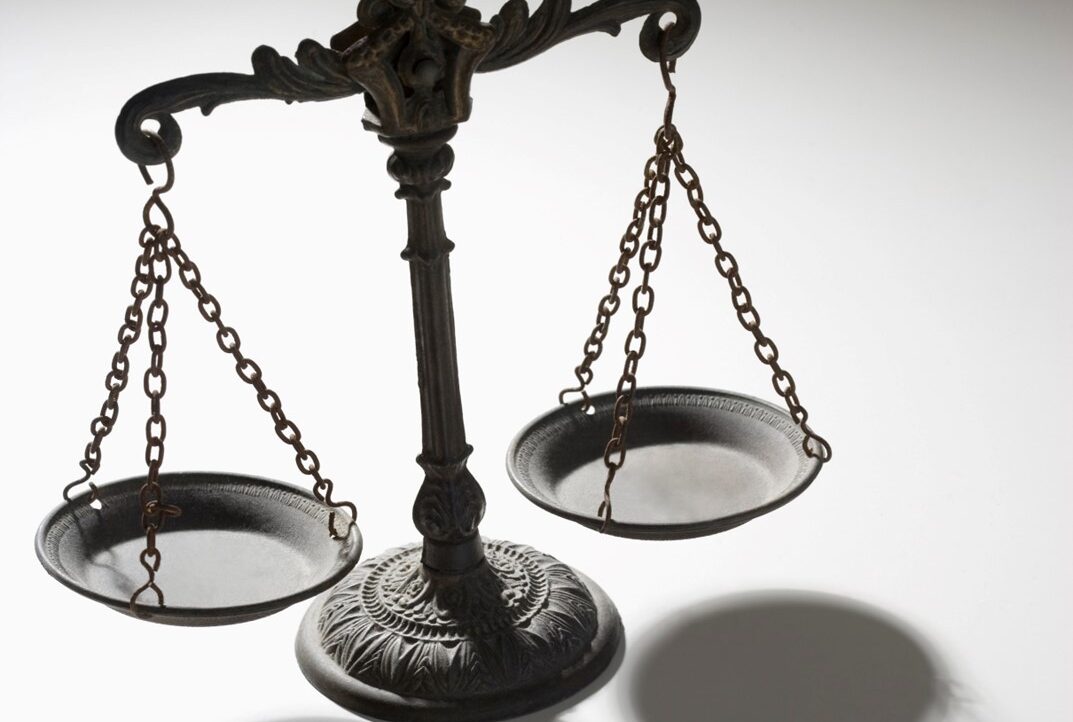Alerts & Updates 8th Mar 2024




Mr. Shiv Charan & Ors vs. Adjudicating Authority under Prevention of Money Laundering Act, 2002 & Anr.[1]
The Division Bench of the Hon’ble High Court of Bombay (Court) recently rendered a significant judgment in relation to the jurisdiction of the National Company Law Tribunal (NCLT) under Section 32A of the Insolvency and Bankruptcy Code, 2016 (IBC) to direct the Enforcement Directorate (ED) to release the properties of the Corporate Debtor, attached under the provisions of the Prevention of Money Laundering Act 2002 (PMLA), once a resolution plan in respect of the Corporate Debtor is approved. The tussle of whether the IBC overrides the PMLA has always been a contentious issue before various fora across the country, even after the introduction of Section 32A to IBC with effect from December 28, 2019. Section 32A of IBC states that the liability of a Corporate Debtor for any offence committed prior to the commencement of the Corporate Insolvency Resolution Process (CIRP) shall come to an end, and the Corporate Debtor shall not be prosecuted for such offences from the date on which the resolution plan has been approved by NCLT. Section 32A of the IBC also accords protection against any action on the properties of the Corporate Debtor in respect of any offence committed prior to commencement of CIRP.
The dispute in the present case emanates from two orders of NCLT viz. (i) order dated April 17, 2023 (Approval Order) approving the resolution plan for DSK Southern Projects Private Limited (Corporate Debtor) submitted by Mr. Shiv Charan, Ms. Pushpalata Bai and Ms. Bharati Agarwal (collectively referred to as Successful Resolution Applicants / SRA) and (ii) order dated April 28, 2023 directing the ED to release the attached properties of Corporate Debtor, which were attached before the commencement of CIRP (April 2023 Order).
In pursuance of the aforesaid orders, two writ petitions were filed in the Court viz. (i) petition by SRA seeking quashing of the enforcement case information report and orders attaching the properties of Corporate Debtor and (ii) petition by ED challenging the authority of NCLT to pass the order in connection with action taken by ED under PMLA by invoking Section 32A of IBC and for quashing of April 2023 Order.
Arguments advanced by ED:
The ED contended that the Corporate Debtor’s properties were attached prior to commencement of CIRP and NCLT does not have the jurisdiction to traverse beyond the ambit of the IBC and decide upon the issues pertaining to PMLA in the process of approving the resolution plan. Further, the SRA has alternate efficacious remedies available under PMLA, including the statutory right to appeal under Section 26(1) of PMLA against attachment and right under Section 8(8) of PMLA for restoration of confiscated property.
Arguments advanced by SRA:
In opposition, the SRA argued that Section 32A of IBC is a non-obstante provision which overrides PMLA in cases of a conflict. The attachment under PMLA is an interim measure which becomes final on confiscation under Section 8(5) of PMLA and since Section 32A of IBC provides protection against confiscation of property, the attachment should be released. Pertinently, Section 32A is a special automatic framework which gets triggered upon approval of resolution plan and hence, SRA is not required to approach the authorities / court under PMLA.
Findings of the Court:
The main issue before the Court was whether the NCLT had the jurisdiction to give directions to ED for release of the Corporate Debtor’s attached properties by invoking Section 32A of IBC.
After consideration of the arguments advanced and the precedents cited by both the parties to the writ petitions, the Court inter alia held that NCLT was well within its jurisdiction in declaring that the Corporate Debtor would stand discharged from offences alleged to have been committed prior to CIRP and that the attached properties shall become free from attachment on approval of the resolution plan.
The Court observed that Section 32A of the IBC is a non-obstante provision enabling an automatic discharge from prosecution. This immunity is available solely to the Corporate Debtor and only when the resolution plan is approved governing a complete change in control and management of the Corporate Debtor. The aforesaid protection is also extended to the property of the Corporate Debtor under sub-clause (2) of Section 32A. The Court also examined the purpose and object of Sections 31 and 60(5) of IBC which explicitly depicts that the legislature has enjoined NCLT with the duty to ensure that the resolution plan can be effectively implemented and with the jurisdiction to dispose any question of law arising in relation to resolution proceedings.
The Court relied on the landmark Supreme Court judgement of Manish Kumar vs. Union of India[2] upholding the constitutional validity of Section 32A of IBC, to feature the legislative intent behind Section 32A which provision gives immunity to the Corporate Debtor from actions taken by authorities, including attachment under PMLA.
Hence, once the conditions under Section 32A of IBC are met, any further prosecution against the Corporate Debtor and its properties shall cease and the Corporate Debtor is only required to cooperate/assist the authorities in the continued prosecution against the individuals involved in the offence.
| This ruling sets a significant precedent of NCLT’s authority and legal capacity in granting protection under Section 32A of IBC to the Corporate Debtor against attachment of its properties by ED. The decision provides an elaborate analysis on the scope of Section 32A of IBC along with Sections 31 and 60(5) of IBC and fortifies the immunity also being extended to the property of the Corporate Debtor against any prosecution / action post approval of resolution plan, including attachment or confiscation under PMLA. The ruling serves as a reminder to the importance of clean slate doctrine under IBC.
While the Court has acknowledged and examined the ambit of Section 32A of IBC to cease the attachment on Corporate Debtor’s properties post approval of resolution plan, the Court even though recognising the issue of whether any attachment of assets is permitted to be continued once a moratorium under Section 14 of IBC commences, has explicitly left the issue unresolved and remains an open legal question. |
We trust you will find this an interesting read. For any queries or comments on this update, please feel free to contact us at insights@elp-in.com or write to our authors:
Shailesh Poria, Partner, Email – ShaileshPoria@elp-in.com
Dhruvee Patel, Associate, Email – dhruveepatel@elp-in.com
Shubhangi Khandelwal, Associate, Email – ShubhangiKhandelwal@elp-in.com
[1] Writ Petition (L) No. 9943 of 2023 a/w Writ Petition (L) No. 29111 of 2023- judgment dated 01 March 2024
[2] 2021 5 SCC 1